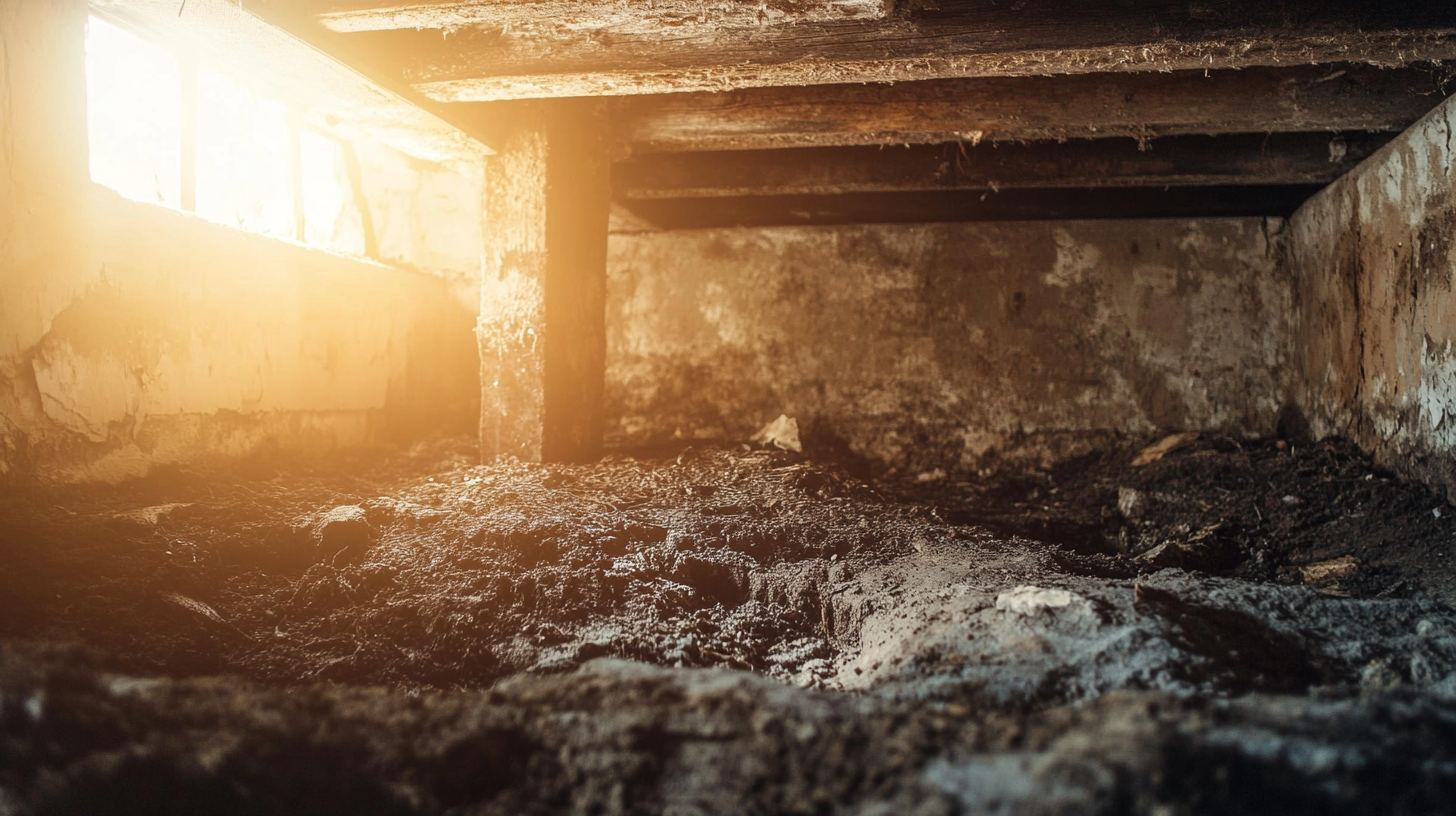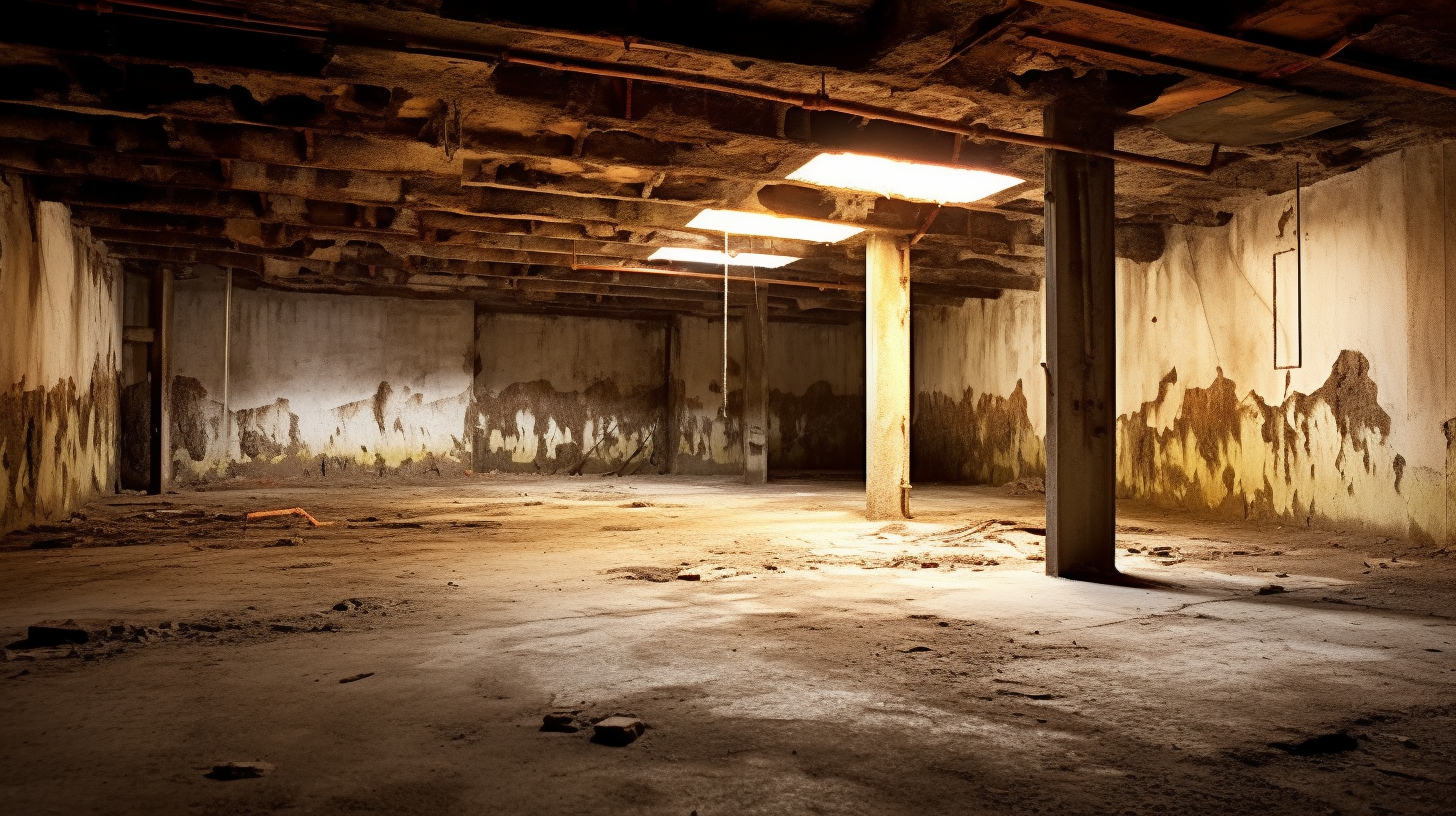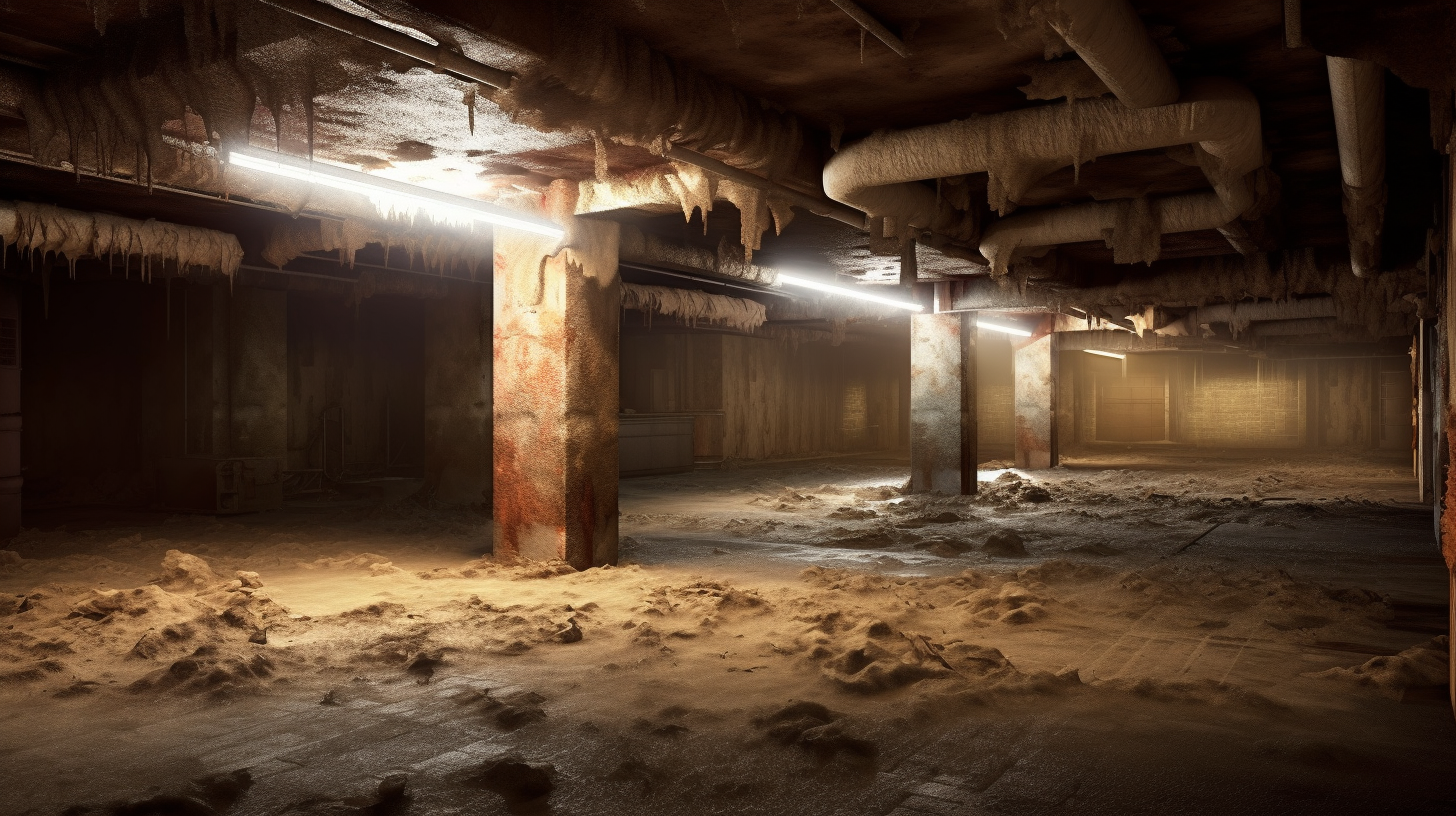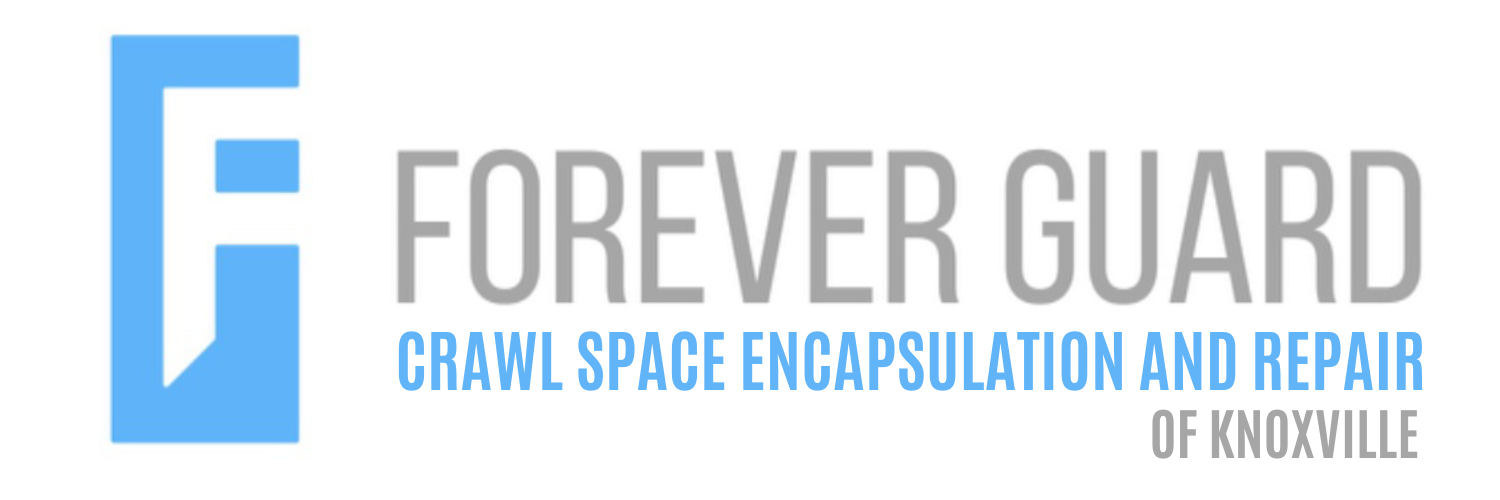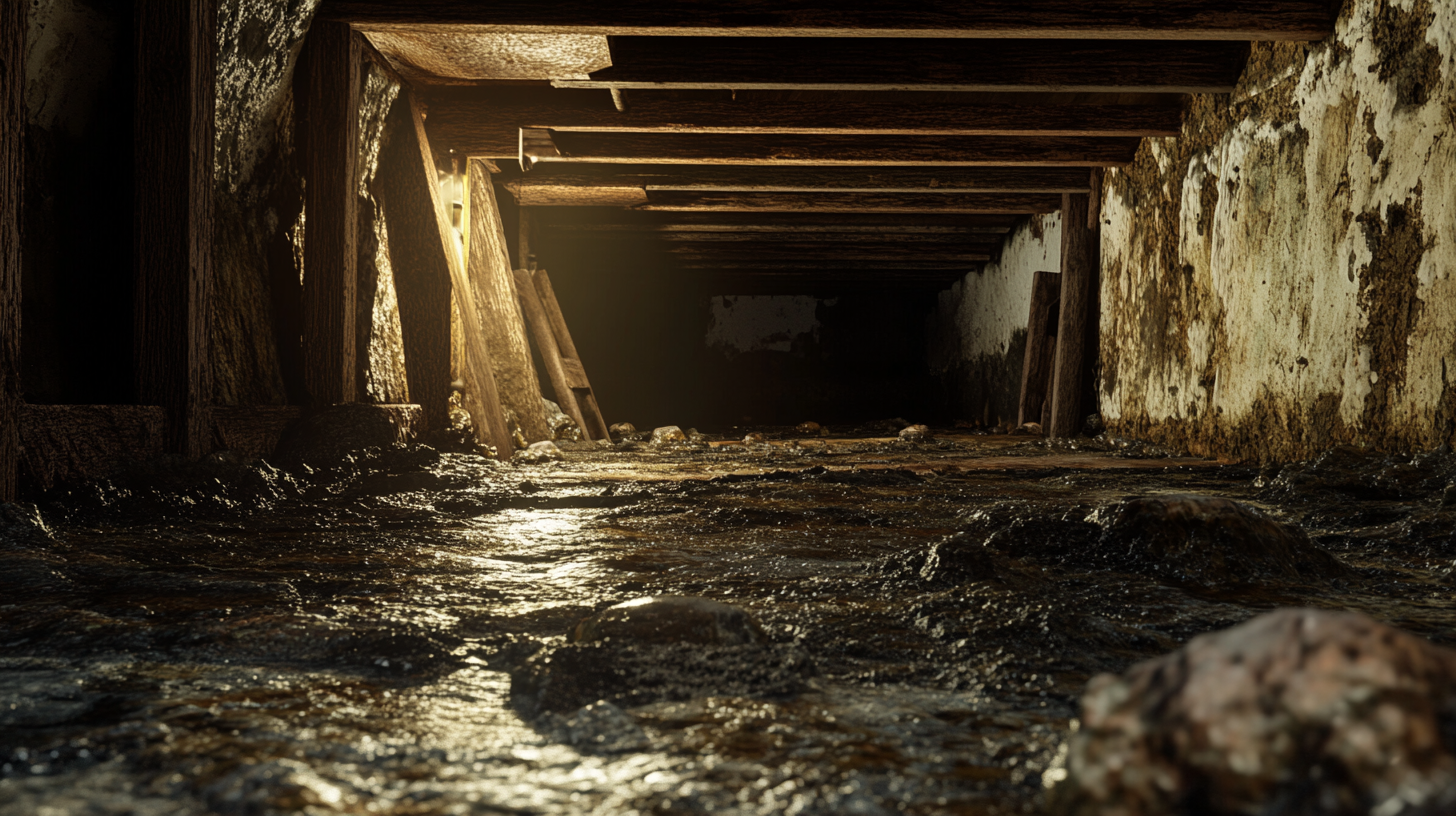Now IS THe Time To...

Crawl Space Services In Knoxville, TN
Stetson Howard: 865-432-6743
CRAWL SPACE ENCAPSULATION, REPAIR, WATERPROOFING & MOLD REMOVAL
No-Obligation, Free Inspections
No-Obligation Free Estimates
We Warranty All of Our Work
100% Satisfaction Guaranteed
Mold is a pervasive issue that can affect any home or building, regardless of location or age. It thrives in damp, humid environments, often emerging as an unwelcome and persistent challenge for property owners and residents alike. Recognized not only for its unsightly appearance but also for the potential health and structural risks it poses, mold has become a key concern in maintaining healthy and safe living spaces.
Mold develops from microscopic spores that float through the air, settling and growing in areas where moisture is present. From basements and bathrooms to poorly ventilated attics and walls affected by leaks, its growth can be subtle and sometimes go unnoticed until significant damage occurs. This underscores the importance of understanding the causes, prevention, and remediation strategies to combat mold effectively.
While it is a natural part of the environment, mold inside a building can lead to compromised indoor air quality, triggering allergies and respiratory issues, particularly for individuals with sensitivities or pre-existing conditions. Furthermore, unchecked mold can cause material deterioration, weakening structures and reducing the lifespan of essential components in a home or building.
This blog aims to provide a comprehensive overview of mold, exploring its origins, impact, and effective management strategies. By raising awareness and offering actionable insights, readers can take proactive steps to safeguard their properties and enhance their quality of life.
Why Mold-Resistant Materials Are Essential
The Problem with Mold in Construction
Mold thrives in environments where moisture meets organic materials, a combination commonly found in traditional construction. Materials like wood, drywall, and carpet are particularly susceptible to mold growth, as they provide the organic matter mold spores need to grow and spread. When construction projects encounter moisture infiltration whether from environmental conditions, leaks, or improper sealing mold can begin to develop even before the building is occupied.
Moisture infiltration during or after construction exacerbates the risk of mold, often going unnoticed in hidden spaces such as behind walls, under flooring, or within insulation. The presence of mold not only affects the structural integrity of the building but also introduces health concerns, as spores can spread through HVAC systems, aggravating allergies and respiratory issues for occupants.
Benefits of Mold-Resistant Materials
Improved Indoor Air Quality
Mold-resistant materials significantly reduce the likelihood of mold growth, contributing to better indoor air quality. This is particularly important in spaces where vulnerable populations, such as children, the elderly, or individuals with respiratory conditions, spend significant amounts of time. By minimizing the risk of airborne mold spores, these materials help create a healthier living and working environment.
Enhanced Durability of Structures
Buildings located in areas prone to high humidity, flooding, or heavy rainfall often face greater risks of moisture exposure. Mold-resistant materials, designed to withstand these conditions, extend the lifespan of structures by preventing mold-related deterioration. This enhanced durability ensures that walls, floors, and ceilings remain intact and functional even in challenging climates.
Incorporating mold-resistant materials into construction is no longer a luxury but a necessity, particularly in today’s climate-conscious and health-focused society. These materials not only address immediate concerns of mold growth but also provide long-term benefits that enhance the quality, safety, and resilience of homes and buildings.
Common Mold-Resistant Materials in Construction
As the risks of mold growth become increasingly evident in modern construction, incorporating mold-resistant materials has become essential. These materials are designed to withstand the challenges of moisture and humidity, ensuring healthier, more durable structures. Below, we explore some of the most effective mold-resistant options available today.
Mold-Resistant Drywall
Mold-resistant drywall is a revolutionary product designed to combat one of the most common issues in construction. Featuring a specially coated surface and a moisture-repelling core, this type of drywall minimizes the conditions that promote mold growth.
- Features: The unique composition of mold-resistant drywall includes materials that actively resist water absorption and microbial activity.
- Best Applications: Ideal for high-humidity areas like bathrooms, kitchens, basements, and laundry rooms, this drywall is a reliable choice for spaces prone to moisture exposure.
Mold-Resistant Paint
Mold-resistant paint is enhanced with antimicrobial additives that deter mold and mildew growth, creating a protective barrier on painted surfaces.
- How It Works: These additives prevent the growth of mold by disrupting the conditions necessary for its survival, such as dampness and organic residue on walls.
- Ideal Surfaces: Perfect for walls, ceilings, and exterior surfaces exposed to rain, mold-resistant paint adds an extra layer of defense in spaces with fluctuating moisture levels.
Mold-Resistant Insulation
Mold-resistant insulation addresses a critical weak point in many structures: hidden spaces where condensation and trapped moisture can lead to mold.
- Types:
- Spray Foam: Fills gaps effectively, preventing air and moisture infiltration.
- Fiberglass with Vapor Barriers: Blocks moisture while allowing walls to breathe.
- Rigid Foam Boards: Durable and moisture-resistant, ideal for foundations and exterior walls.
- Advantages: These insulation materials not only prevent mold but also improve energy efficiency by reducing heat transfer and condensation.
Treated Wood and Composite Materials
Traditional wood is a prime target for mold, but treated or composite alternatives offer superior resistance.
- Treated Wood: Pressure-treated or kiln-dried wood resists mold and decay by undergoing processes that reduce its moisture content and add protective chemicals.
- Composite Materials: Alternatives like fiber-cement siding and engineered wood provide enhanced mold resistance and durability, making them ideal for structural components and exteriors.
Waterproof Flooring Options
Choosing the right flooring is critical in areas with high moisture exposure. Waterproof options offer robust resistance to mold while maintaining aesthetic appeal.
- Popular Options:
- Vinyl Flooring: Water-resistant and easy to clean, making it suitable for kitchens and basements.
- Ceramic Tiles: Highly resistant to water and mold, perfect for bathrooms and entryways.
- Sealed Concrete: Durable and moisture-resistant, ideal for basements and garages.
- Avoid: Porous materials like untreated carpet and natural wood, which absorb moisture and foster mold growth.
Incorporating mold-resistant materials into construction projects is a proactive step toward creating healthier, more resilient buildings. By addressing the vulnerabilities of traditional materials, these innovations provide peace of mind for property owners and long-term protection against one of construction’s most persistent challenges.
Designing for Mold Resistance
Proper Ventilation
Ventilation is a cornerstone of mold-resistant design. By promoting airflow and reducing humidity, it helps prevent the condensation that often leads to mold growth.
- Incorporating Vent Systems: Properly placed ventilation systems in attics, crawl spaces, and bathrooms are essential. These areas are particularly prone to trapped moisture, making them prime targets for mold.
- Preventing Condensation: A well-ventilated design minimizes temperature differences between surfaces, reducing the likelihood of condensation. For example, vented crawl spaces and attic fans can regulate airflow and keep humidity levels in check.
By integrating ventilation solutions into the blueprint of a building, designers can create spaces that discourage the conditions mold needs to thrive.
Sealing and Waterproofing
Effective sealing and waterproofing act as a first line of defense against water intrusion, one of the primary contributors to mold growth.
- Using Mold-Resistant Caulking: Applying mold-resistant caulking around windows, doors, and joints helps prevent moisture from seeping into vulnerable areas. These seals block water entry while maintaining the integrity of the structure.
- Applying Waterproof Membranes: Waterproof membranes are a game-changer for roofs, basements, and exterior walls. These membranes create a barrier that protects underlying materials from prolonged exposure to water, significantly reducing the risk of mold growth.
By addressing potential entry points for moisture during the design phase, builders can create structures that are resilient to water infiltration and the resulting mold issues.
Strategic Material Placement
Strategically placing mold-resistant materials ensures that high-risk areas receive the highest level of protection, while balancing costs with practicality.
- Prioritizing High-Risk Areas: Spaces like basements, bathrooms, and kitchens are particularly prone to moisture and mold. Using mold-resistant drywall, insulation, and flooring in these areas provides targeted protection where it is most needed.
- Mixing Materials for Cost Efficiency: While mold-resistant materials are highly effective, they may not be necessary throughout the entire building. Designers can combine traditional materials in low-risk areas with mold-resistant options in high-risk zones, achieving a balance of cost efficiency and durability.
This targeted approach ensures that resources are allocated wisely, providing optimal mold resistance without exceeding budgets.
By focusing on thoughtful design principles like ventilation, sealing, and strategic material placement, builders can proactively address mold risks. These design strategies not only enhance the longevity of structures but also contribute to healthier indoor environments, creating spaces where occupants can thrive.
Steps to Incorporate Mold-Resistant Materials During Construction
Incorporating mold-resistant materials during construction is a proactive approach to ensuring long-term durability and indoor air quality. A structured process that includes careful planning, proper installation, and ongoing protection can significantly mitigate the risk of mold, providing peace of mind for property owners and builders alike.
Planning and Material Selection
The foundation of mold-resistant construction begins with strategic planning and thoughtful material selection.
- Identifying High-Risk Areas: Evaluate your project for spaces most susceptible to mold growth, such as basements, bathrooms, and kitchens. Climate and design considerations, such as high humidity or poor ventilation, should guide the identification of these areas.
- Choosing Certified Materials: Opt for certified mold-resistant materials with a proven track record of performance. Look for products like mold-resistant drywall, treated wood, or specialized insulation that meet industry standards for moisture resistance.
By addressing potential vulnerabilities during the planning phase, builders can create a strong defense against mold from the outset.
Installation Best Practices
Even the best materials can fail without proper installation techniques. Attention to detail during this phase ensures that mold-resistant features function as intended.
- Sealing and Fastening: Secure all materials with care to eliminate gaps that could allow moisture to seep through. Use mold-resistant caulking and adhesives to enhance the effectiveness of your sealing efforts.
- Ensuring Dry Materials: Moisture trapped during construction can undermine even the most mold-resistant materials. Always verify that materials are dry before installation, particularly in high-risk areas, to prevent mold from developing in hidden spaces.
These best practices during installation provide a critical layer of protection, ensuring the longevity of mold-resistant materials.
Post-Construction Protection
The fight against mold doesn’t end when construction is complete. Ongoing protection measures are vital to maintaining a mold-resistant environment.
- Applying Mold-Resistant Coatings: After construction, applying mold-resistant paints or sealants to vulnerable surfaces adds an additional barrier against moisture and microbial growth.
- Scheduling Regular Inspections: Routine inspections help identify and address early signs of moisture or mold before they become significant issues. Maintaining the integrity of mold-resistant features ensures their effectiveness over time.
By integrating these post-construction steps, builders and property owners can extend the benefits of mold-resistant construction, protecting investments and enhancing occupant well-being.
From planning and installation to post-construction maintenance, incorporating mold-resistant materials requires a holistic approach. These steps ensure not only the successful prevention of mold growth but also the creation of healthier, more durable spaces for years to come.
Cost Considerations and Return on Investment
Investing in mold-resistant materials during construction or renovation may initially seem like a significant financial commitment. However, when viewed through the lens of long-term savings and added value, the decision becomes not just practical but highly cost-effective. Below, we explore the balance between upfront costs and the substantial returns on investment offered by mold-resistant materials.
Comparing Costs of Mold-Resistant vs. Traditional Materials
When evaluating mold-resistant materials, it’s essential to consider the initial cost differences compared to traditional options. While mold-resistant materials often come with a higher upfront price, their benefits outweigh these costs over time.
- Upfront Costs: Mold-resistant options like drywall, paint, or treated wood typically cost more than their standard counterparts. For instance, mold-resistant drywall may be priced more than traditional drywall. However, this price difference reflects the added technology and treatment that enable it to resist moisture and inhibit mold growth.
- Offset by Reduced Maintenance: Traditional materials are more prone to mold infestations, which require costly remediation, repairs, or replacements. Investing in mold-resistant options reduces the likelihood of these recurring expenses, effectively balancing out the initial higher costs.
By prioritizing mold-resistant materials in high-risk areas like bathrooms, basements, and kitchens, builders can optimize their budgets while enhancing long-term value.
Long-Term Savings
The true value of mold-resistant materials lies in their ability to prevent expensive problems down the road, offering substantial savings over the lifespan of the property.
- Avoiding Expensive Repairs: Mold remediation can cost thousands of dollars, depending on the extent of the infestation and the structural damage involved. By preventing mold growth in the first place, mold-resistant materials eliminate these costs, making them a financially prudent choice.
- Increased Property Value: Homes and buildings with mold-resistant features are more attractive to buyers and tenants. Mold prevention not only protects the physical structure but also enhances the perception of a safe and healthy living environment, boosting property value and marketability.
Incorporating mold-resistant materials into construction may require higher upfront investment, but the long-term financial benefits far outweigh these initial costs. By reducing maintenance expenses, preventing structural damage, and increasing property value, these materials deliver a compelling return on investment, making them an essential consideration for modern construction and renovation projects.
FAQs
Recent Blog Posts
Crawl Space News
